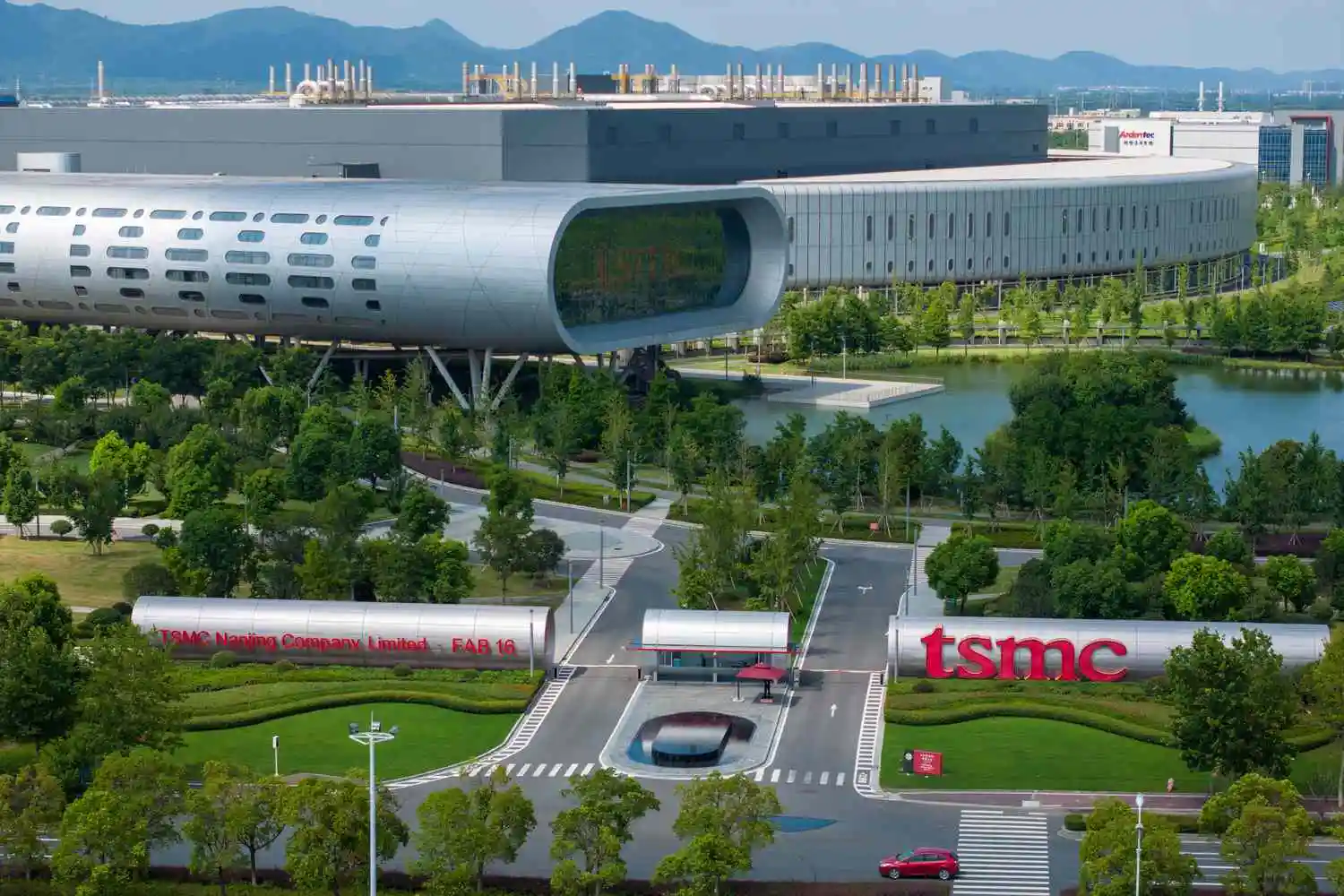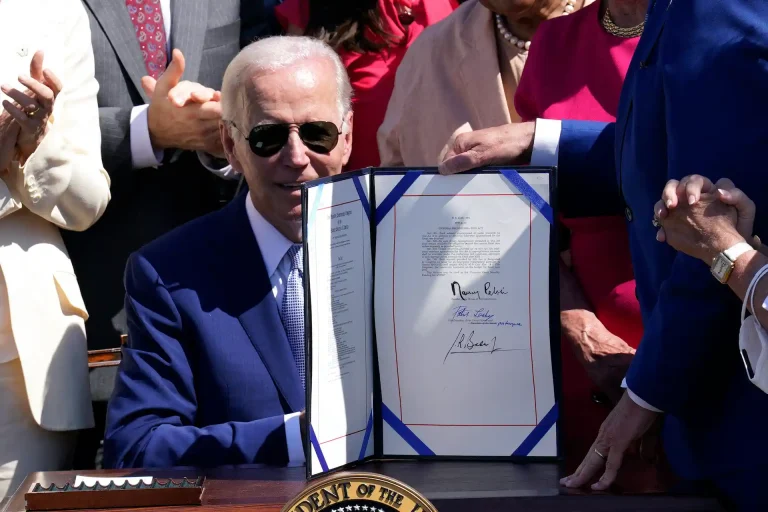

Semiconductors, or microchips, power almost every modern device. They are inside smartphones, cars, airplanes, and even coffee machines. However, their importance goes far beyond consumer technology. They represent innovation, economic strength, and even military advantage.
Today, the global competition for chips is fierce. The United States and China view semiconductors as essential for artificial intelligence, aerospace, and defense. Therefore, supply chains must adapt quickly. In this context, nearshoring in Mexico is becoming a crucial solution for companies that want security, speed, and resilience.

Semiconductors have always shaped power. The first chip had only four transistors in the 1950s. By the 1960s, there were 60. Today, modern devices contain up to 50 billion. This progress, known as Moore’s Law, gave advantages to nations that innovated faster.
On the other hand, global tensions now make semiconductors more than just a technology. They are a geopolitical weapon. As a result, nearshoring in Mexico is not only a business opportunity but also a strategic move. Mexico provides a reliable location for semiconductor operations, reducing risks tied to Asia while supporting North America’s security goals.
To understand the stakes, it helps to see how the semiconductor supply chain actually works, first, design and software development; second, manufacturing; third, assembly:
Because the chain depends on a handful of companies and geographies, a single shock – political, natural, or economic – can trigger global delays. As a result, Nearshoring in Mexico offers shorter lead times, better control, and faster recovery.

The U.S. is reshaping the supply chain for national security reasons. China is seen as a strategic risk after beginning to use American software and equipment to design and manufacture its own chips. In 2022, President Biden signed the CHIPS Act, prohibiting companies using U.S. technology from doing business with China.
The Act also includes billions of dollars in incentives for companies that bring semiconductor operations back to North America. FABS (chip manufacturing plants) will likely move to the U.S. because they require between 50 and 100 mWh of energy and massive amounts of water per second. However, this still leaves a critical gap – the assembly and testing stage. And this is precisely where Nearshoring in Mexico fits in.
While fabs may concentrate in the U.S., the OSAT (Outsourced Semiconductor Assembly and Test) stage is up for grabs. These companies, such as ASE, JCET, HUATIAN, and TFMC, generated $8.5 billion USD in 2022. They are currently based mainly in China and Taiwan, but they will soon need to relocate closer to North American fabs and end markets.
This is where Nearshoring in Mexico becomes critical. Nuevo León and other northern states offer geographic proximity, cross-border infrastructure, and an experienced workforce. In addition, Mexico benefits from competitive labor costs and trade integration under USMCA. Therefore, Mexico should focus on attracting OSAT leaders to secure a place in one of the world’s most strategic supply chains.
As a result, Nearshoring in Mexico positions the country not just as a participant but as a hub in the final and decisive stage of semiconductor production.
To succeed, businesses must plan strategically. The following steps are essential for Nearshoring in Mexico:
In addition, companies should choose their location carefully. For example, states like Nuevo León provide infrastructure, skilled talent, and proximity to the U.S. border. Therefore, Nearshoring in Mexico is not just about moving operations – it is about creating a long-term strategy for growth with predictable lead times.
Tensions between the U.S. and China are not likely to ease in the coming years. On the other hand, Mexico and Nuevo León enjoy a unique geographic and strategic advantage. If Mexico acts decisively to attract OSAT companies, strengthen infrastructure, and align with U.S. policy, it can create thousands of high-value jobs and secure a lasting role in the semiconductor ecosystem.
In conclusion, Nearshoring in Mexico is more than a trend – it is a once-in-a-generation opportunity to reshape global supply chains. Companies that seize it now will lead the next era of technological growth.
Start your business in Mexico with confidence – DIMSA is here to guide you every step of the way.
Contact us for more information.